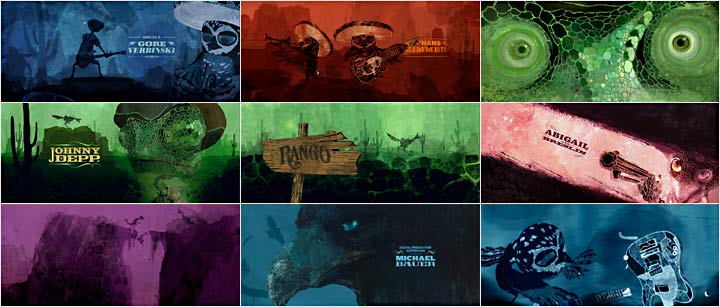Francoise Nielly is an artist that I just came across looking for good portrait paintings. She is French artist who grew up in the South of France. The main tools she uses to make her art is a knife and her mind. These paintings are done with oil paints. Her work on her website is fuelled with her expressiveness of her 'brute force, a fascinating vital energy'. Her paintings are described as being 'sexual, her colours free, exuberant, surprising, even explosive'. What is said is when she paints she takes a risk.
To me oil paints are the worst because I find them hard to work with, more expensive than other paints and you need white spirit to get it off your hands.
I like the thick style and use of the oil paint. To me I feel like she has used the material and the knife in the best way possible. The colours that she has used in this first picture I find to be vibrant and electrifying. She has shown the lights and darks in the faces by substituting the natural skin colours for brighter and darker versions. I think that is her style and has worked very well. The best colour in the picture I would say is the yellow. That part reminds me of reflectors like on bikes or on jackets which have the purpose of being seen. I think that she wanted her art to attract eyes and I thin k it has. To me I think that her technique of using oils and a knife to make these portraits is very hard and would be hard for me to preform. I think she has done her work on top of a table so the paint could drip dry.

I like this painting because of the use of purple to describe the shadows of the face and background. There is a little use of skin tone used in this painting and I think that, that keeps a little more realism to face. Even though the face is realistic the colours are bright and unreal which I think show imagination. A very creative imagination. That is one of the many things which is also said about how Francoise Nielly makes and tries to portray in her work.










